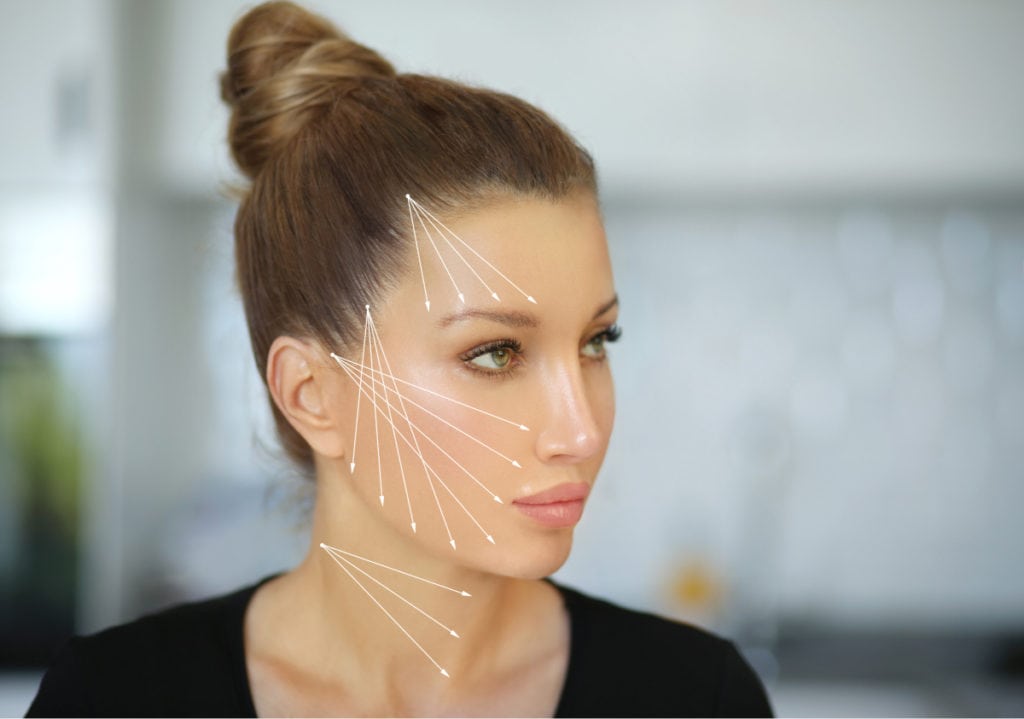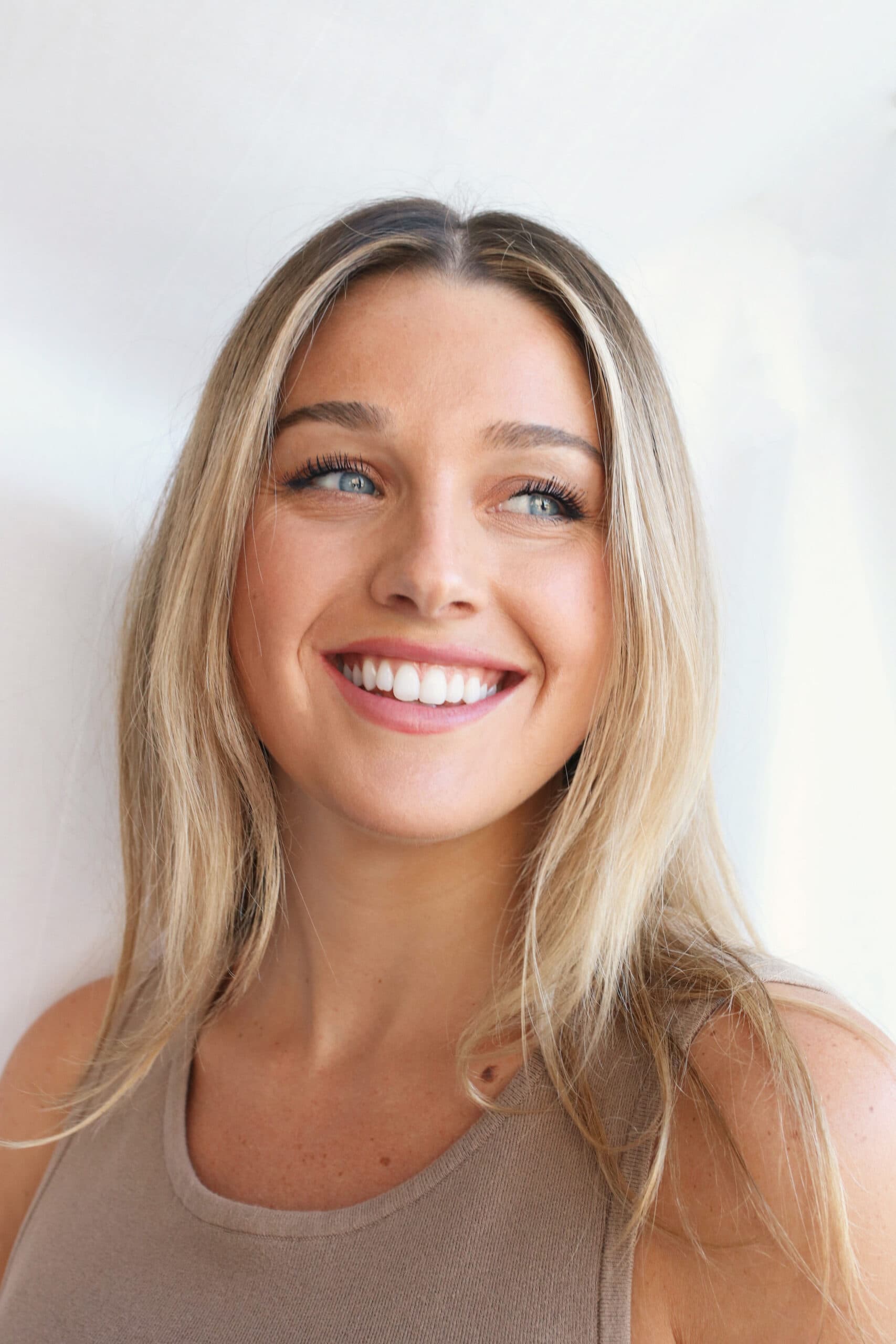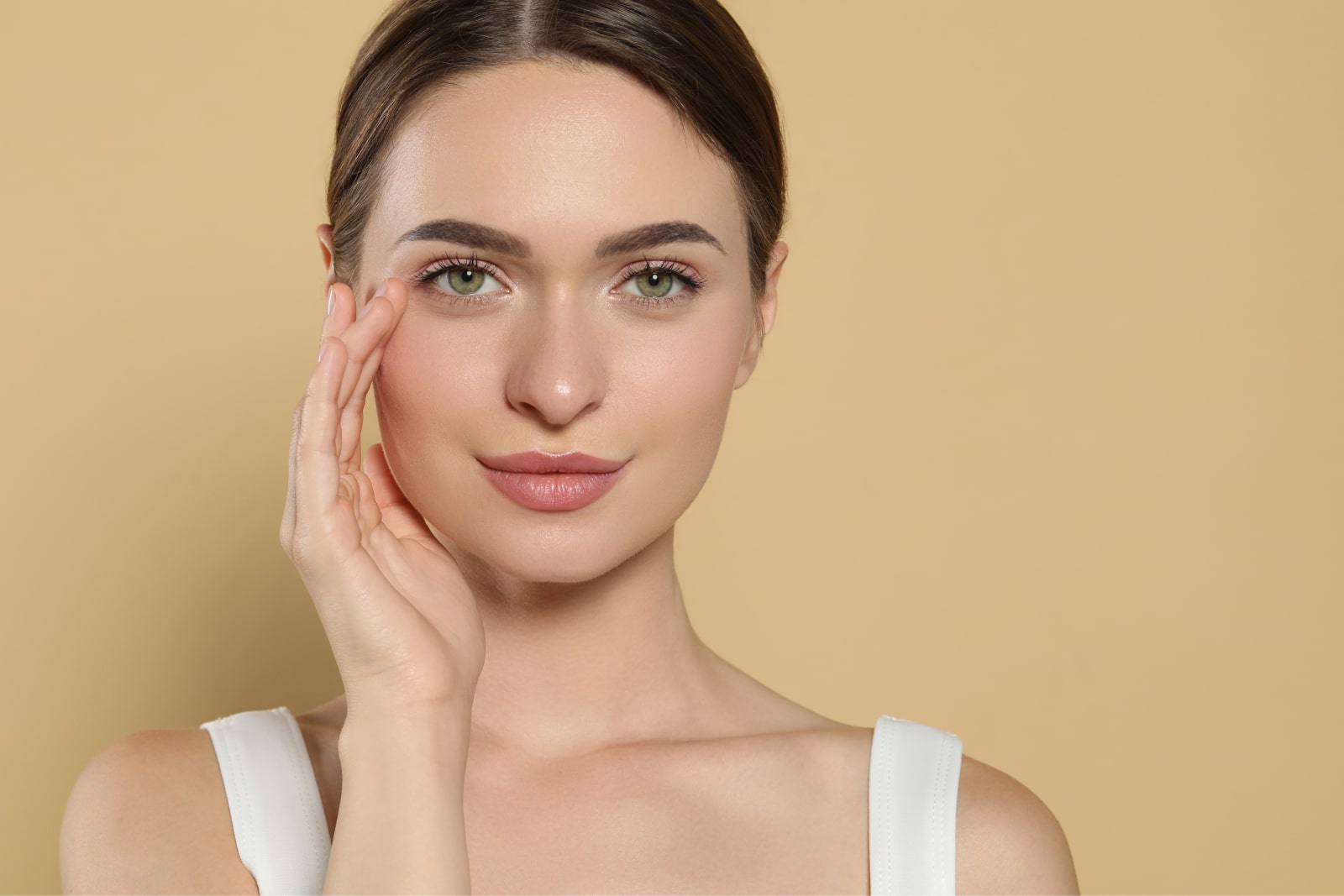One of the downsides to aging is that gravity takes over, causing once-taut skin to appear saggy and almost like it is hanging off the face. Add a loss of volume, collagen, and elastin to the mix, and you’ve got the perfect recipe for an aging face that can even look older than it is. That loss of firmness causes many patients to seek solutions to restore the skin, so the face looks healthier and youthful. Non-surgical Facelifts are an innovative treatment that can help.
For years, the only way to lift the face back into position for a more youthful look was with a facelift. But that’s expensive, invasive, and has significant downtime and scars. Luckily, the evolution of Non-surgical facelifts, PDO threads have enabled aesthetic providers to instantly create a refreshed appearance. PDO threads can quickly restore those once-youthful curves, peaks, and valleys with just a few precisely placed threads.
PDO thread lifts rely on tiny resorbable threads with bi-directional cones that lift and reposition the tissue under the skin. The cones help keep the threads in place, allowing the skin to sit at a higher elevation for a more lifted look.
How do PDO threads work?
While it may sound like a case of weird science, PDO threads work by inserting the actual thread under the skin and then pulling and locking them into place. The threads have tiny barbs that lift the underlying tissue to create a more defined, lifted, and tighter look. They can also help smooth out fine lines, wrinkles, and facial folds and even change the angles of a specific feature, like the eyes.
After the threads are put into place, they’ll slowly begin to create new collagen as they dissolve. This process signals the body to start naturally producing new collagen, which also helps maintain the threads’ initial lifting benefits. Adding new collagen helps create smoother, plumper, and tighter-looking skin and can even fill areas where collagen is deficient.
With a PDO thread lift, the lifted effect is instant, although the collagen production part of things comes into play later down the road for improvement in skin quality.
Do PDO threads hurt?
Even as Non-surgical facelifts improve, PDO threading may look intimidating and like it would be painful, but most patients say it doesn’t hurt nearly as much as they expect. Topical numbing cream is used where the PDO threads will be inserted to make the treatment more comfortable. Local anesthetics may also be injected. During the procedure, there may be some pinching as the threads are placed and pulled into position. It’s also normal to bleed as they are inserted. As a final step, the tail of the thread may be cut off, or the end of the thread may be pushed into place.
Once the numbing cream and anesthetic wear off, there may be some minor discomfort, and the face may feel strange, sensitive, and tender to the touch.
There’s minimal downtime with PDO threads, but there may be some minor swelling and bruising. It’s also recommended to avoid using any skincare products with active ingredients for the first week or two as the skin heals and everything settles.
Who is a PDO thread lift for?
Like all other cosmetic procedures, a consultation is imperative to determine if you are a good candidate for the procedure. Most patients who benefit from a PDO thread lift have loose skin but not enough for a facelift. PDO thread lifts work well for both men and women.
The lower third of the face tends to be the focus of most PDO thread lifts, but that doesn’t mean they can’t be used elsewhere. For example, threads can be used in these areas where patients are starting to see the first signs of slack skin and collagen loss, like in their eyes, eyebrows, neck, or jawline.
How long does the PDO thread lift last?
It’s important to know that PDO threading doesn’t offer permanent results. You will have to repeat the treatment to maintain the look. But on average, threads begin to dissolve after three to six months, but the benefits of new collagen lasts up to two years or longer until the body begins to break it down at a later point naturally. A touch up may be necessary for optimum results and lasting effects.
However, it’s worth knowing that PDO threads are static, meaning they don’t stretch or move with how the face moves naturally.
What is better, thread lift or fillers?
Fillers and thread lifts work differently and tackle different issues. Filler adds volume to a specific area of the face, while threads give lift and definitions. Some patients require a mix of fillers and PDO threads to address their concerns best.
It’s not that common to use filler in an area of the face, like the neck. Non-surgical facelifts like PDO thread on your neck is a great way to reinstate tightness and lift the tissues in the neck area. PDO thread neck placement is critical in creating a natural—looking result.
How many PDO threads will I need?
Since everyone is different and needs and goals are unique, the number of threads needed will vary. Some patients need just a few, while others may need upwards of 50 or more. On average, ten threads or more are required per area of the face. For example, if you want to tweak the shape of your eyes, a technique known as fox eye PDO thread lift, you may need double the number of threads to treat each eye effectively.
What are some of the popular ways to use PDO threads?
There are various ways and areas where Non-surgical facelifts such as PDO thread can give a lifting effect. Some of the more popular types of PDO threads include:
- Nose PDO thread lift: One of the more complex areas to use PDO threads, a nose Forhread lift entails inserting the threads in the nasal tip or nasal cavity to create a more lifted nose. How many threads are placed in the nose depends on the nasal anatomy. Some patients also require multiple sessions to get the desired amount of lift.
- Fox eye PDO thread lift: A popular way to get the look that many celebrities sport, PDO threads fox eyes pull the skin of the outer corners of the eyes to create more of a cat eye.
- Neck PDO thread lift: Using threads in the neck pulls the skin up to diminish the appearance of wrinkled, crepey-looking skin.
- Eyebrow PDO thread lift: Like treating the eyes, threads are used at the outer corners of the eyebrows to raise them.




